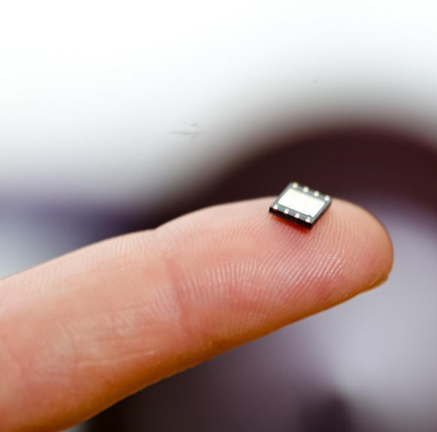
Back in the year 1991, the SIM card was first invented and manufactured in Munich. Initially, two kinds of SIM cards were introduced, one of the size of a credit card and one mini version. With time the technology evolved an researchers made e SIM which is more convenient to utilize. In this blog, we will dive deep into the meaning, benefits, and market associated with the eSIM. Let us start with how e-SIM is different from conventional SIM cards.
What is an e-SIM card and how is it different?
An e-SIM is a kind of SIM that is embedded in the device unlike a traditional SIM card which can be inserted and removed. An e-SIM can be easily updated digitally, and this allows the user to build into the phone’s hardware.
Evolution of SIM cards: SIM card which is an acronym for the subscriber identity module. It is a silicon-integrated chip that provides a unique number to the subscriber of the cellular network services.
As we have read, these SIM cards were invented in the 90s, and with time these SIM cards became smaller and smaller. From the size of an ATM card, it evolved into a mini SIM, micro SIM, and then nano-SIM as well. In the year 2017, the e-SIM was introduced at the International Mobile and Communication Exhibition.
e SIM renders several advantages over the traditional SIM which includes remote activation, ease of use, and the ability to switch between mobile service providers. Although, the major difference between the two are:
Features of physical SIM:
- Physical SIM cards can be easily inserted and eradicated from the device.
- These cards usually come up with new devices or with the latest service contract.
- These SIM cards are very easy to lose.
Features of e-SIM:
- These e-SIMs are embedded into the devices directly.
- These e-SIMs can be activated remotely without the requirement of a physical SIM card.
- While using the SIM card, you don’t have to worry about losing it.
- These can be programmed and updated conveniently which makes it very easy to switch between mobile service providers.
- e SIMs don’t take up the same amount of physical space and easily applied to more compact and thinner devices.
Some other advantages of e-SIM:
Global connectivity: Since the IoT ecosystem is so fragmented, global connectivity has always been a challenge. The e-SIM has the ability to connect with different carriers, and the hurdle of lock-in is eliminated.
Increased ROI: With e-SIM, various organizations are able to maximize the total cost of ownership. This is helpful in maximizing returns on IoT investments through a more consolidated operational model.
Future Proofed Connectivity: Various IoT solutions are utilized in the domain of increasing the entire lifecycle of the device, which can be up to 10 years in some devices. There is no requirement to physically connect or swap the e-SIM in the case of carrier change.
More simplified logistics: Streamlining the logistics and various manufacturing processes is very much possible through e-SIM. The need for physically swapping the SIM has been eradicated. Also, the e-SIM is capable of hosting multiple technologies such as 5G and 4G.
0 touch provisioning: 0 touch provisioning is also called remote provisioning and is a vital function in eSIM that allows for the SIM to connect to various networks without the need for the physical SIM.
e-SIM Card Market:
The e-SIM Card Market was valued to be around USD 7.7 billion in the current year and it is anticipated to register a CAGR of 7.01%. The market is anticipated to reach USD 11 billion in the next 5 years. Some of the growth driving factors for the e-SIM market are:
- The rising adoption of the Internet of Things is one of the primary key drivers of the e-SIM adoption.
- Advancements in machine-to-machine and connected ecosystems were the prominent drivers in the market growth. The growth of the 5G network also fueling the e SIM card market.
- The rising demand for smart devices also leading to the rising demand of the e SIM technology. Smart devices including tablets, smartphones, wearable devices, and connected cars are becoming a necessity for consumers.
Furthermore, the North America region has witnessed a rapid rise in the adoption of IoT devices across numerous industries including smart home, automotive, healthcare, etc. The deployment of the 5G network is expected to seek more momentum. There are almost 439.1 million connections in North America in the year 2022, which increased from 222.2 million in the year 2017.
In a nutshell,
The e-SIM Card Market growth is inevitable and various market players are harnessing benefits out of it. Although, the market players are required to understand the intricacies of the market to make sound decisions for business. Market research reports provide comprehensive details about the complex terminologies of the market.

















